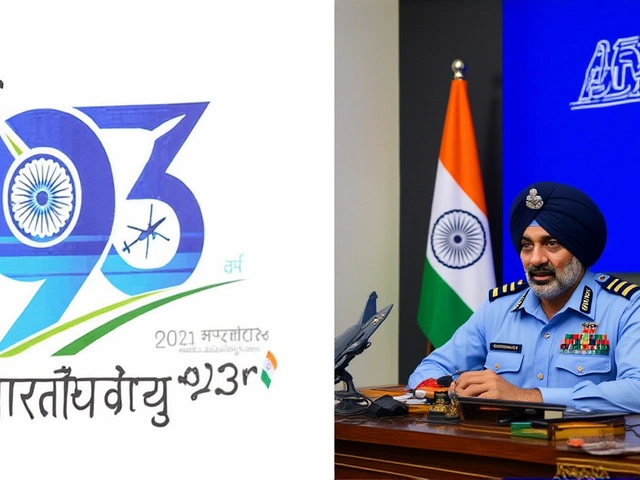IRSA 1.0 – Your Guide to the Latest Insights
When working with IRSA 1.0, a next‑gen framework for intelligent resource scheduling and allocation across tech projects. Also known as Intelligent Resource Scheduling Architecture, it helps teams automate workload distribution and improve system efficiency. Alongside it, Artificial Intelligence, machine‑learning‑driven algorithms that mimic human decision‑making and Quantum Computing, computational platforms that use qubits for exponential processing power are reshaping what the framework can achieve. Digital Transformation, the strategic overhaul of business processes using digital tools often leans on such frameworks, while Software Development, the practice of designing, coding, testing, and maintaining applications provides the implementation backbone. Together they form a tech ecosystem that powers modern enterprises.
How Artificial Intelligence Powers IRSA 1.0
Artificial Intelligence feeds predictive analytics into IRSA 1.0, allowing the system to forecast demand spikes before they happen. The framework uses AI‑based models to rank tasks by priority, which reduces manual oversight and cuts response time. This relationship—AI drives IRSA 1.0—creates a feedback loop where better data improves scheduling, and smarter schedules generate richer data for AI to learn from. Companies that adopt this combo report up to 30 % faster project delivery, proving the triple “Artificial Intelligence enhances IRSA 1.0 performance” holds real value.
Quantum Computing enters the scene as a future accelerator for IRSA 1.0. When quantum processors solve complex optimization problems, the framework can evaluate millions of scheduling permutations in seconds instead of hours. This means large‑scale cloud environments or IoT fleets can be coordinated with near‑real‑time precision. The semantic link “Quantum Computing boosts IRSA 1.0 efficiency” illustrates why research labs are already testing quantum‑ready modules within the architecture.
Digital Transformation initiatives often cite IRSA 1.0 as a core enabler. By automating resource allocation, businesses can shift from legacy, siloed operations to agile, cloud‑native models. The triple “Digital Transformation relies on IRSA 1.0 to streamline processes” captures the cause‑effect chain: modern tools need a reliable scheduling layer, and IRSA 1.0 supplies it. Enterprises that embed the framework report smoother migrations, lower downtime, and clearer visibility into cross‑department workloads.
Software Development teams benefit directly from IRSA 1.0’s APIs and SDKs. Developers can embed scheduling logic into CI/CD pipelines, ensuring builds, tests, and deployments never compete for the same compute slots. This integration leads to faster release cycles and fewer resource conflicts. In practice, the statement “Software Development implements IRSA 1.0 to orchestrate pipelines” demonstrates how the framework becomes a developer’s ally rather than a bottleneck.
Below you’ll find a curated set of articles that dive deeper into each of these angles—from AI‑driven optimization hacks to quantum‑ready roadmaps, from transformation case studies to developer‑focused how‑tos. Browse the collection to see how IRSA 1.0 is shaping today’s tech landscape and where it might head next.

Air Chief Marshal A.P. Singh Leads IAF Day 2025 at Hindon, Unveils IRSA 1.0
The Indian Air Force marked its 93rd anniversary on Oct 8, 2025 at Hindon Air Base, unveiling the IRSA 1.0 communication system and featuring a dramatic fly‑past under Air Chief Marshal A.P. Singh.
CONTINUE READING




